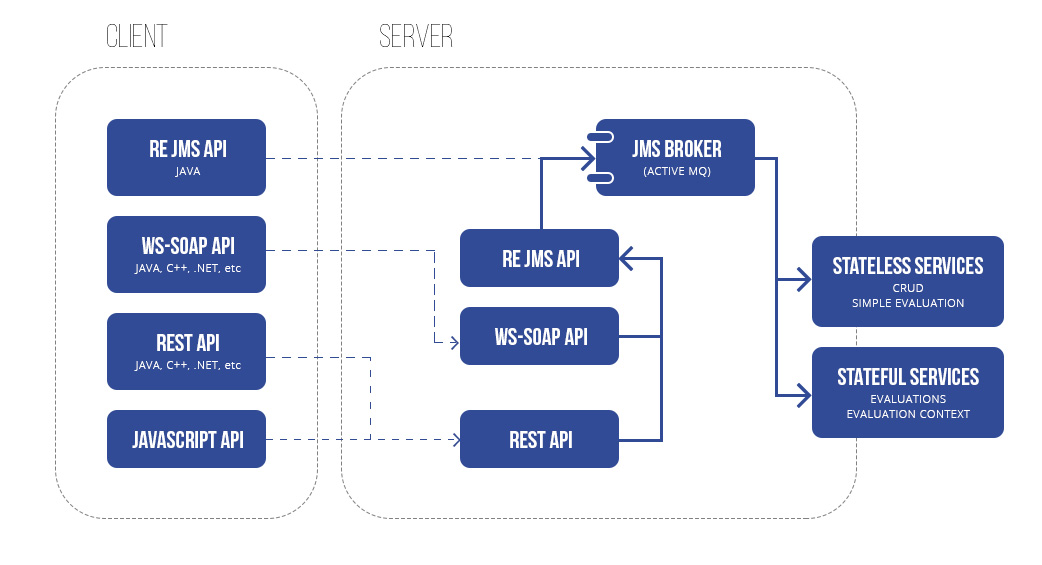

(2004) Coronary risk assessment in subjects with Type 2 diabetes mellitus. Hernaez, R., Choque, L., Gimenez, M., Marquez, J. (2007) Framingham, SCORE, and DECODE risk equations do not provide reliable cardiovascular risk estimates in Type 2 diabetes. Diabetic Medicine, 21, 318-323.Ĭoleman, R., Stevens, R., Retnakaran, R. (2004) Evaluating the performance of the Framingham equations in a population with diabetes. McEwan, P., Williams, J., Griffiths, J., Bagust, A., Peters, J., Hopkinson, P. (2001) The UKPDS risk engine: A model for the risk of coronary heart disease in Type II diabetes (UKPDS 56). Low to moderate CHD risk, which could result in later initiation of therapy in Lower risks than Framingham for women and newly diagnosed diabetes at otherwise Conclusion: Framingham CHD risk scores tended toīe lower than UKPDS scores primarily in people above standard thresholds forĭrug treatment, so the clinical impact of underestimating risk is likely to be limited. Tended to give higher risk estimates in people with a predicted 10-yearįramingham CHD risk above 15%. Than the UKPDS score between ages 40 and 65 years, but the UKPDS score wasĪbout 4% - 5% higher for women aged 70 years and over. For women, the Framingham score was higher Among men, the UKPDS and Framingham scores wereĪlmost identical below 60 years of age but at older ages, the UKPDS score wasĤ% - 11% higher than Framingham. Results: Overall the mean 10-year CHD risks predicted by WeĮxamined predicted 10-year CHD risk by age, gender, and newly or previouslyĭiagnosed diabetes. Years with no past history of cardiovascular disease or nephropathy. With newly (n = 132) or previously diagnosed (n = 329) diabetes aged 35 to 74 Methods: Participants were from aĬross-sectional survey of a randomly selected population. WeĬompared the 10-year absolute risks of coronary heart disease (CHD) using aįramingham equation and a United Kingdom Prospective Diabetes Study (UKPDS)Įquation in adults with Type 2 diabetes. Prediction equation underestimates risk among people with Type 2 diabetes. Diabetes Care 2012 35:1787–1794.Previous studies have suggested that the Framingham coronary heart disease risk Differences in prevalence, extent, severity, and prognosis of coronary artery disease among patients with and without diabetes undergoing coronary computed tomography angiography: results from 10,110 individuals from the CONFIRM (COronary CT Angiography EvaluatioN For Clinical Outcomes): an InteRnational Multicenter Registry. The present state of coronary computed tomography angiography a process in evolution. Diabetes and cardiovascular disease: a statement for healthcare professionals from the American Heart Association. Coronary atherosclerosis in diabetes mellitus: a population-based autopsy study. Goraya TY, Leibson CL, Palumbo PJ, et al.

Global burden of diabetes, 1995-2025: prevalence, numerical estimates, and projections. This model predicts significant CAD on CCTA and has the potential to identify asymptomatic type 2 diabetes with high risk. There were significant differences between the risk groups in the probability of significant CAD (12.6% vs 29.4% vs 57.7%, P for all < 0.001) and 5-year cardiac event-free survival rate (96.6% ± 1.5% vs 88.9% ± 1.8% vs 73.8% ± 4.1%, log-rank P for trend < 0.001). Patients were categorized into low (≤3), intermediate (4-6), or high (≥7) risk group. Using these variables, we formulated a risk score model, and the scores ranged from 0 to 17 (area under the curve = 0.727, 95% confidence interval = 0.714-0.739, P < 0.001). Clinical risk factors for significant CAD were age, male gender, duration of diabetes, hypertension, current smoking, family history of premature CAD, previous history of stroke, ratio of total cholesterol to high-density lipoprotein cholesterol, and neuropathy. During the follow-up period (median 4.3 years), 71 patients had 83 cardiac events.

Significant CAD (diameter stenosis ≥50%) in at least one coronary artery on CCTA was observed in 188 (31.0%). The cardiac event was defined as a composite of cardiac death, nonfatal myocardial infarction, acute coronary syndrome, and coronary revascularization. We analyzed 607 asymptomatic patients with type 2 diabetes who underwent CCTA. Therefore, we sought to develop a model for the prediction of significant CAD on CCTA in these patients. No model has been developed to predict significant coronary artery disease (CAD) on coronary computed tomographic angiography (CCTA) in asymptomatic type 2 diabetes.


 0 kommentar(er)
0 kommentar(er)
